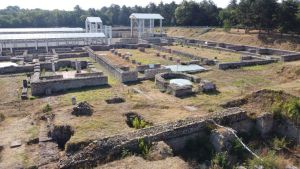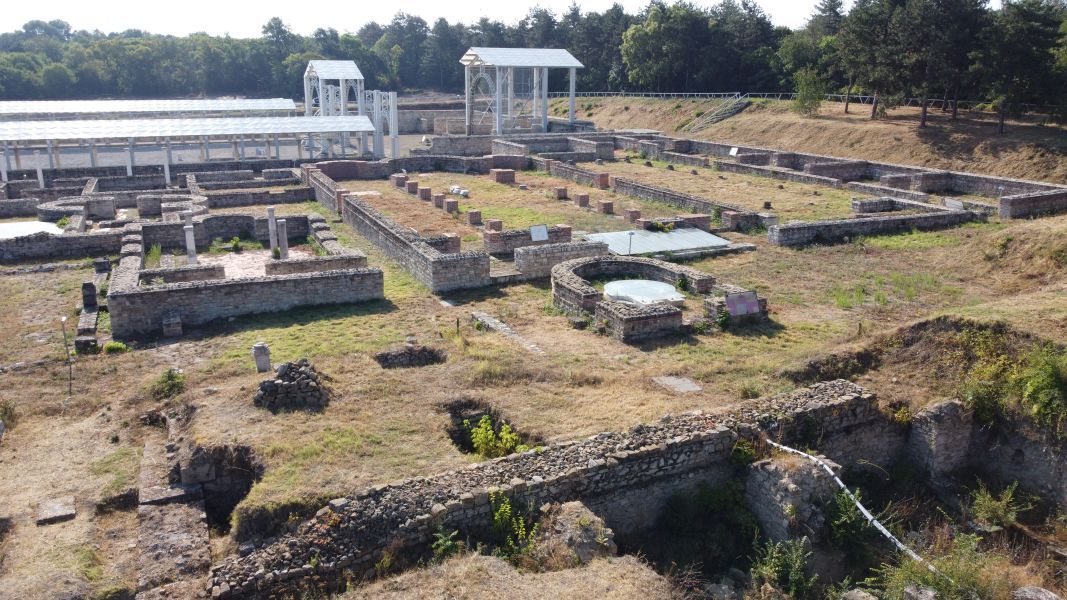- "This year's Polish-Bulgarian archaeological work in Novae is the 65th jubilee research season and is unquestionably one of the longest-running scientific projects in the Lower Danube Limes - the former northern border of the Roman Empire", says Professor Elena Klenina from the AMU Faculty of History.
Located on the Danube cliff edge, the Roman legion camp and the Late Antique city of Novae are being studied by independent but cooperating archaeological expeditions of the Adam Mickiewicz University, Poznań, the University of Warsaw and the National Institute of Archaeology with the Museum of the Bulgarian Academy of Sciences in Sofia.
The AMU International Interdisciplinary Archaeological Expedition, under the leadership of Professor Elena Klenina, carried out its next research campaign in Novae from 4 July to 5 August, following up on the armamentarium and the arsenal in the camp of the Roman Legion I of Italy.
- "Discovered for several seasons, the monumental building is now believed to be unique. The first such extensively preserved and investigated structure of its type is located within the legion camps of the entire Roman Empire. Until now, information on arsenals in Roman legionary camps has only originated from written sources. The discovery of the relics of these structures at Novae has provided clear evidence of their existence and, more significantly, of their architectural form," the researcher adds.
"Our research of the arsenal has confirmed its monumental and unique character. Today, we can state that the dimensions of this building are approximately 80 × 40 m, so it covers an area of as much as 3,200 m²," concludes Prof. Elena Klenina.
photo: private archive of Prof. Elena Klenina






